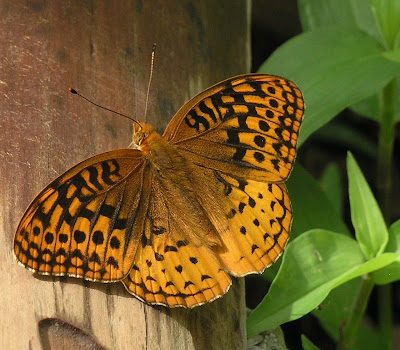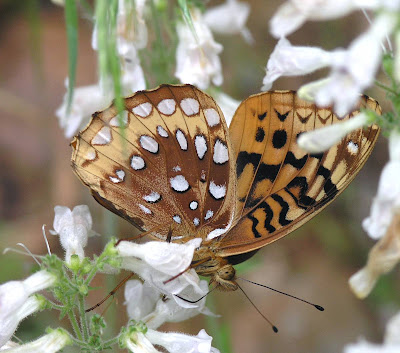Banded Hickory Borer (Knulliana cincta cincta)
Longhorned Beetle (Cerambycidae)
Range: Eastern North America to western Texas, south to northern Mexico..
Food: Larvae feed on dead and seasoned branches and limbs of hardwood species, including oak and hickory.
Life Cycle: Eggs are laid in crevices in the bark, or directly into the wood. Larvae feed the first season beneath the bark, then head deeper into the wood.
Identification: Markings may be absent. Prominent spines on sides of the pronotum and at the elytra apices. The scutellum is considerably longer than broad. There are no other NE longhorns of similar size and coloration that have strong spines on the femora, pronotum, and elytral apices.
Last week -- prior to our weather's return to winter-like conditions -- these longhorned beetles were numerous under our porch light.
Join the Macro Monday fun at Lisa's Chaos.
.












































